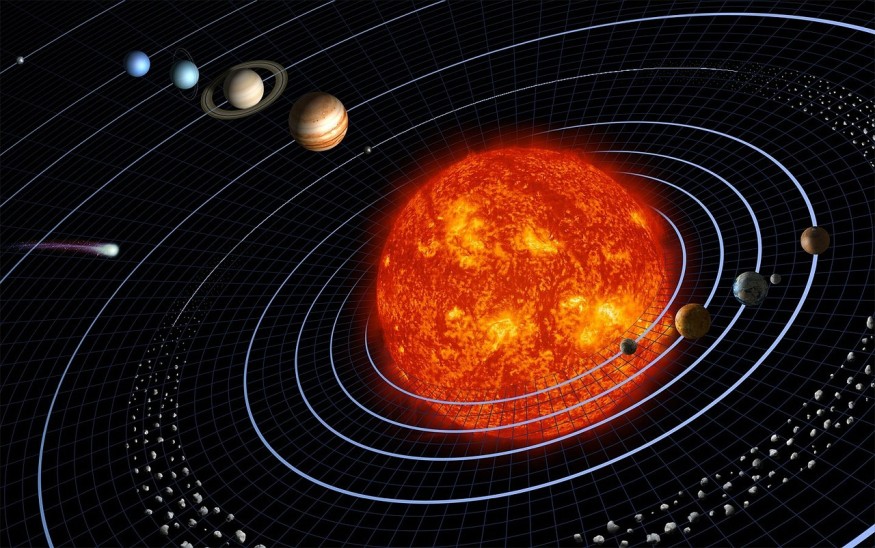Our Sun, its warmth, and light have been some of the key elements for the emergence, proliferation, and thriving of life on Earth. Scientists have agreed that without our solar system's only star, life on the Blue Planet would not be possible.
The yellow dwarf star, which formed approximately 4.5 billion years ago, is a hot ball of gas containing hydrogen and helium, constantly sustains itself as seen during solar activities.
However, just like other stars in the universe, our Sun along with its energy are also finite and will eventually be depleted. When this happens, scientists have theorized that life on Earth will die in the long run but have a small amount of time to survive, before our planet and the rest of the solar system descends into darkness and plunged into freezing or sub-freezing temperatures never seen before.
Various scientific literatures and academic reports have a collective assertion that our Sun is necessary for the continuation of life, at least for living organisms who depend on it. First, plants rely on sunlight to engage in the biological process of photosynthesis, which converts energy into food and releases oxygen as a byproduct into the atmosphere.
Star Birth and Death Cycle

Although our Sun has not perished yet, astronomers and other concerned scientists in the field have glimpse of what will happen during a star's death.
As mentioned earlier, all stars in the universe will die, whether they are a yellow dwarf star like our star, red dwarf stars, brown dwarf stars, or other main sequence stars. Aside from their limited energy, stars are doomed to die due to gravity at their center, according to the Royal Museums Greenwich.
Gravity Wins Over Stars
This magnetic energy can convert stars into black holes, a region of space where gravity is very strong that even light is unable to escape. In the field of physics, gravity is a fundamental force, which attracts space objects that have physical mass.
Our Sun will reach the end of its life cycle billions of years from now, as helium nuclei start to fuse in its core, which will expand dramatically and turn into a red giant star. It will eventually swallow the nearest planets like Mercury, Venus, and Earth, according to Knowable Magazine, as cited by the BBC.
Temporary Survival
Scientists debunked the myth when the Sun disappears immediately, so too all life on Earth instantly. In fact, if Earth will be spared from a super nova explosion or planetary consumption following the death of our Sun, our planet could still function, but only for a short period.
Still, photosynthesis will stop and the heat at our planet's core will gradually lose its energy, as the constant supply solar energy and heat from our Sun has stopped.
Despite the available data that we have now, there is still no universal and chronological timeline as to what will exactly happened after our Sun dies.
Matt Caplan, assistant professor of physics at Illinois State University, stated that the Sun does not have the final say as to what will happen to Earth, as cited by the Astronomy magazine.
However, Caplan clarified should Earth is still around at the time of the death of our Sun, our planet will still continue to orbit its gravitational field but our orbit will eventually decay due to the emission of gravitational waves.
Related Article: Is Earth Getting Closer or Farther From the Sun?
© 2025 NatureWorldNews.com All rights reserved. Do not reproduce without permission.





